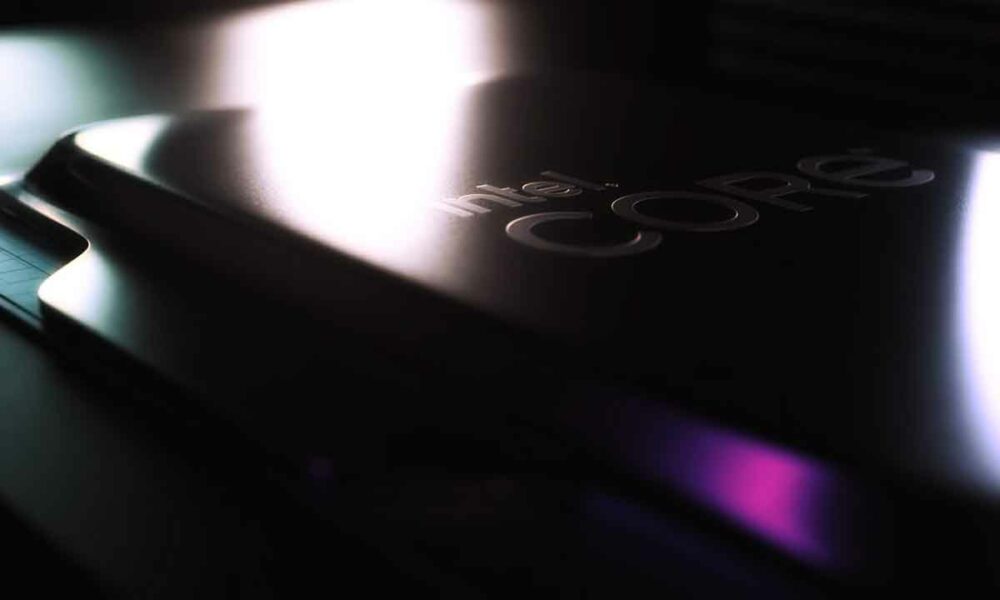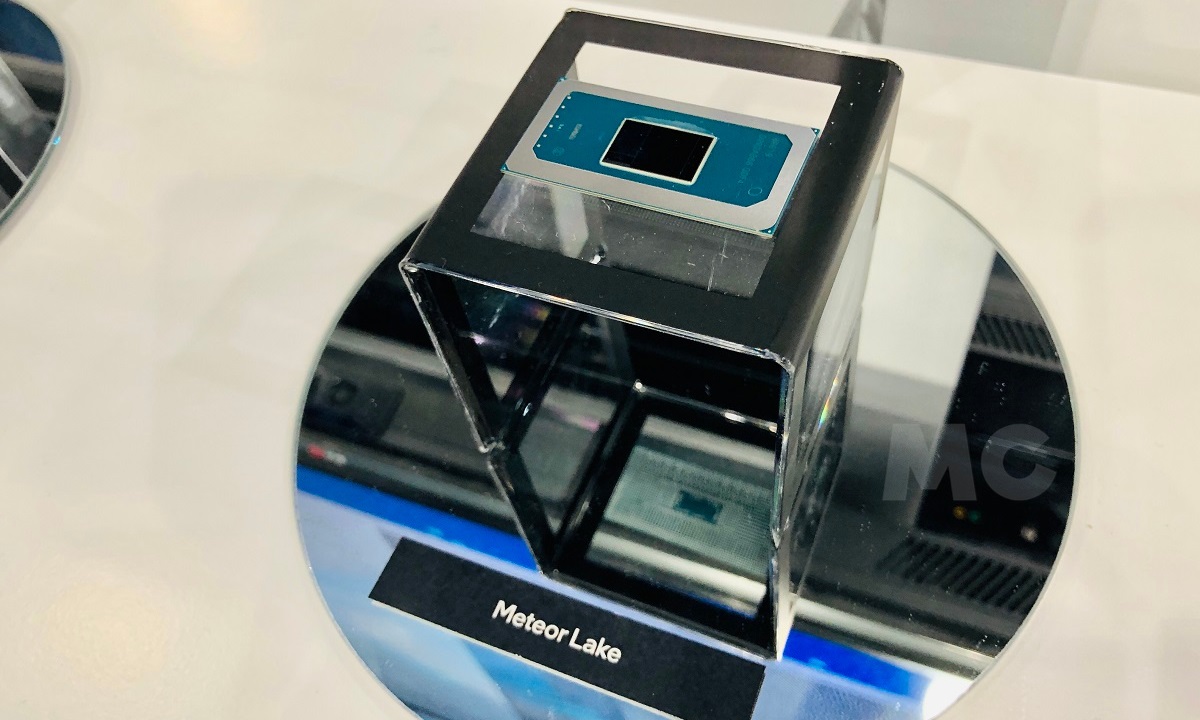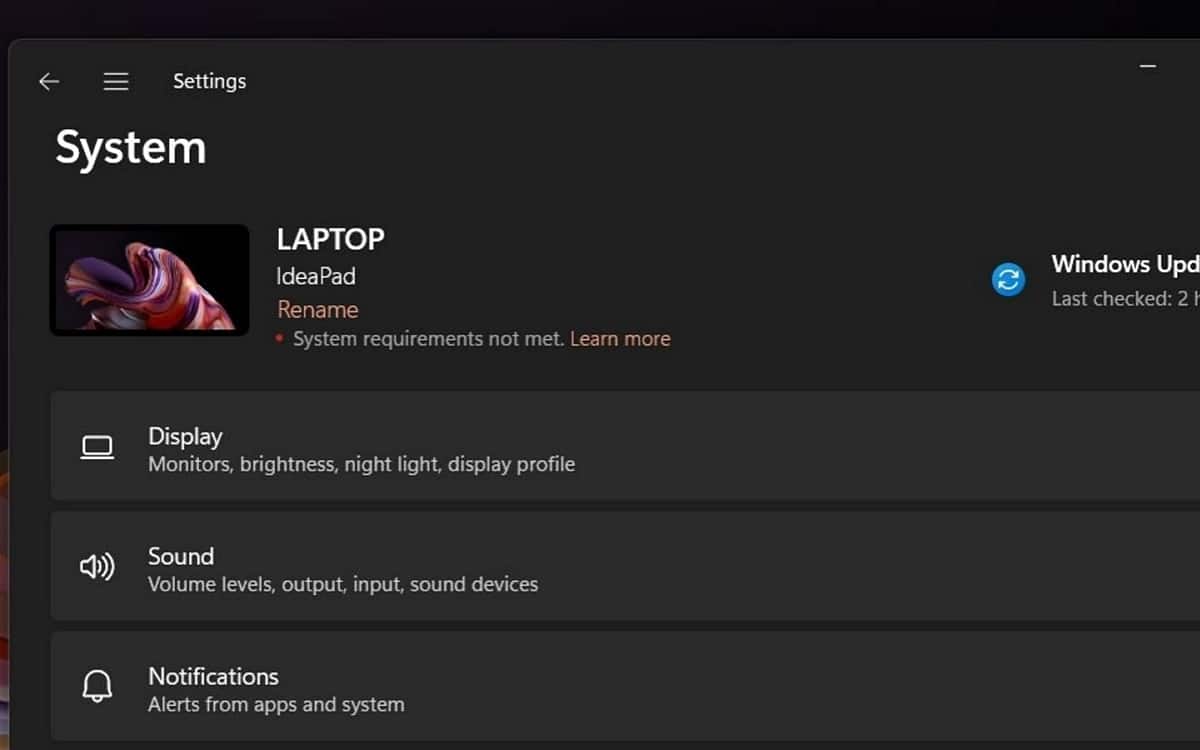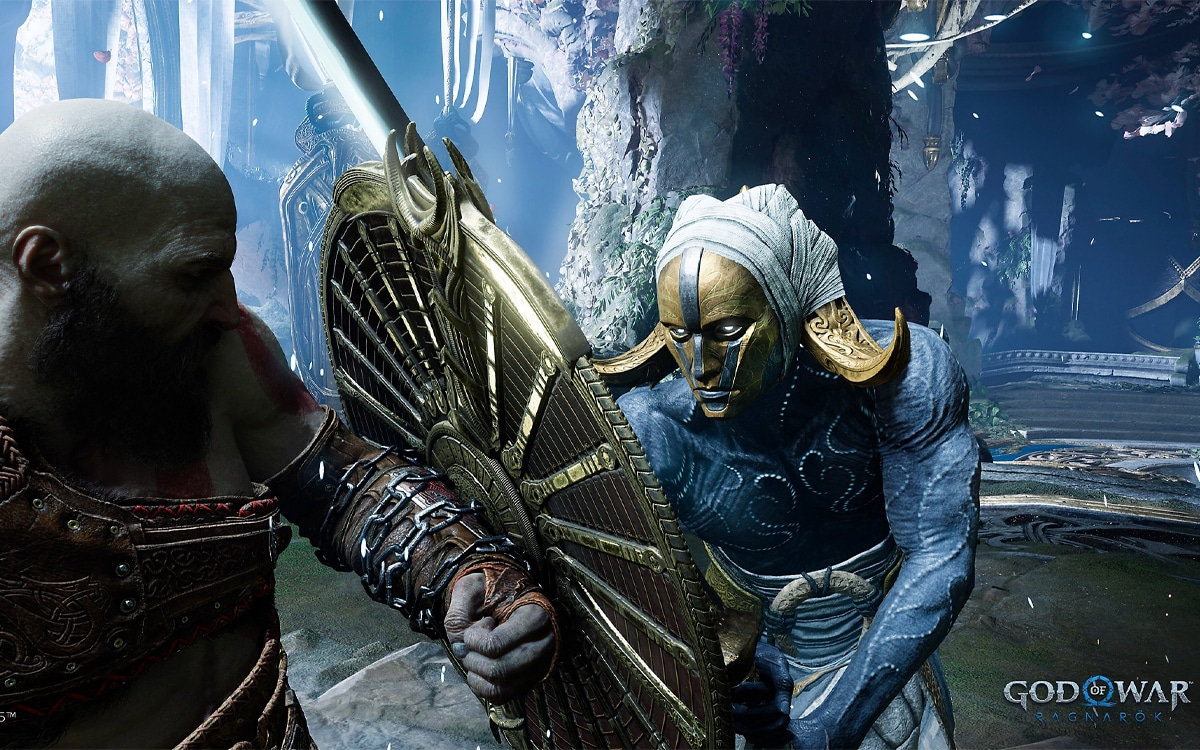
Although we still await the arrival of Raptor Lake in late summer, we are learning more and more about Meteor Lake, the fourteenth generation of Intel Core that, if there are no changes in the Intel calendar, should see the light between the third and fourth quarters of next year. Just yesterday, without going any further, we were already able to give you information about the H, P and U series, that is, those aimed at the different mobility segments.
As we told you yesterday, we already knew that from the hand of Meteor Lake new architectures will arrive in both high-performance and efficiency cores, both manufactured on the Intel 4 node, which uses the 7-nanometer manufacturing process. The hybrid model, the combination of two types of cores, has debuted in the current generation, Alder Lake, and in view of the results, it seems that Intel has scored a great success, so we can expect this model to remain short and medium term.
And today, per TechSpot, we have news about a novelty in the design of Meteor LakeAnd very interesting too. And the most remarkable thing is that to the two types of cores that we see in Alder Lake and we expect in Raptor Lake, Intel will introduce a third type of ultra-low power core, in which the orchestrator, Thread Director, can be supported in the changes CPU status and core management, thus providing more optimal performance and more adjusted consumption.
It is important, however, to clarify that it doesn’t look like these new ultra low power cores are going to compute as system cores so that we can consider them as support elements for tasks and processor management.
Thus, waiting for its release date to get closer, it seems that Intel intends that Meteor Lake suppose a qualitative leap of first levelas important as the arrival of Alder Lake: this new type of ultra-low power cores, a density of up to 250 million transistors per square millimeter, new socket (LGA1851), MCM design with integrated graphics in a second chiplet… If everything we have already heard about the fourteenth generation is confirmed, plus what may still be to come, the prospects are very interesting, and quite a challenge for AMD.




